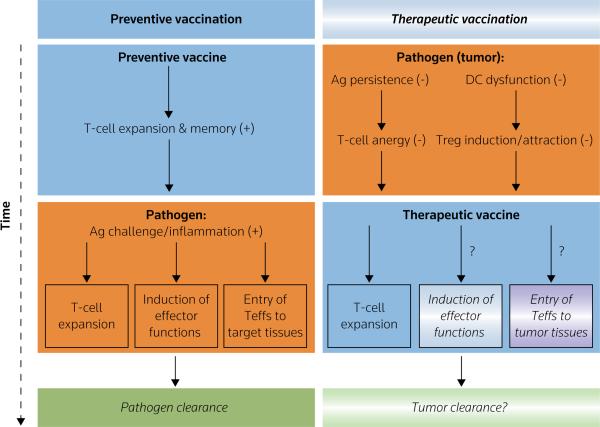Figure 1. Therapeutic versus protective vaccines.
In contrast to recall responses to tissue-invading microorganisms, T-cells in therapeutically vaccinated patients with cancer are not exposed to proinflammatory alarm signals (typically present in infected tissues), thus introducing the need for therapeutic vaccines, or additional components of immunotherapy, to induce the acquisition of tumoricidal effector functions and tumor-relevant homing potential. Additional problems in patients with cancer, who are persistently exposed to tumor-related antigens and immunosuppressive factors, include the dysfunction of endogenous dendritic cells (DCs) and other types of APCs that exhibit reduced ability to stimulate effector T-cells [30–43], as well as the hyperactivation of regulatory T-cells (Tregs) able to suppress active immunity [24–27]. Therefore, the effectiveness of therapeutic vaccines in such individuals is likely to require the presence of a fully mature DC population, resistant to suppression and able to either avoid or resist the interaction with immunosuppressive Tregs. Orange: pathogen-dependent events; blue: vaccination-dependent events; gradient: incomplete or only partial effectiveness, (+): positive/desirable effect; (−) suppressive/undesirable effect.
Ag antigen, Teffs effector T-cells

